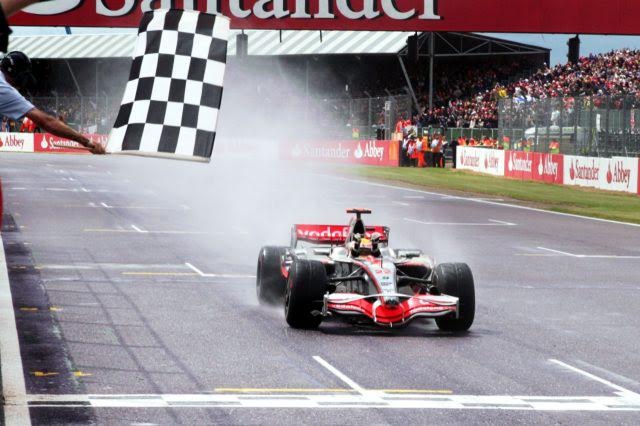
I’ve been a lifelong–yet mostly casual–fan of motorsports. From NASCAR to off-terrain rally racing, from MotoGP on two-wheels to drag racing on the strip…Anything with a big engine and any number of wheels has always made me want to go outside and drive, fly, run as fast as I can and test the limits of my surroundings. When I was a little kid, I’d mostly watch these events for the spectacle. The engines were loud, dust flew through the air, sometimes there would be a crash, and still, the drivers remained stoic as they soared around the track or blasted forward with incredible speed. Recently, I’ve become interested in the more technical and physical aspects of a particular style of road racing, Formula One.
Formula One is absolutely incredible. For those unfamiliar with this style of racing, Formula 1 is the highest tier in what is called “formula” auto racing. Unlike the cars we would drive on the road with the wheels underneath the driver, a formula racing car has wheels positioned exterior to the car’s main body (also called open-wheel or single-seat racing). Formula One cars are the fastest road racing cars in the world and rely on an incredible amount of aerodynamic downforce to reach speeds of up to ~350-70km/h (220-230 mph). Each driver must wrangle these forces into smooth and controlled finesse to prevent from crashing, using only his pedals and the steering wheel to connect him to the carbon/fiber-glass speed machine surrounding him.
If you have the chance, check out this video. In the video, 2016 Formula One World Champion Nico Rosberg demonstrates a very peculiar and specific “torture” machine that he must use regularly to strengthen the muscles in his neck and shoulders. The general stat is that these cars accelerate from 0 to 100 km/h (62 mph) in 2.4 seconds and decelerate under forces as high as 5-6 g, and around 4 g when turning around a corner.
Really puts the phrase “breakneck speeds” into perspective…
In addition, a single formula one race must extend for as long as it takes to complete 308 km (~191 mi) which usually takes about 70 laps around the circuit and around 2 hours. Thus, each Formula One driver repeatedly experiences these massive forces lap after lap, pushing both themselves and their vehicles to the limits to achieve ultimate glory and breakneck speed.
If you ever wondered what it’s like to play tug-of-war with the Earth, maybe Formula One is for you :)